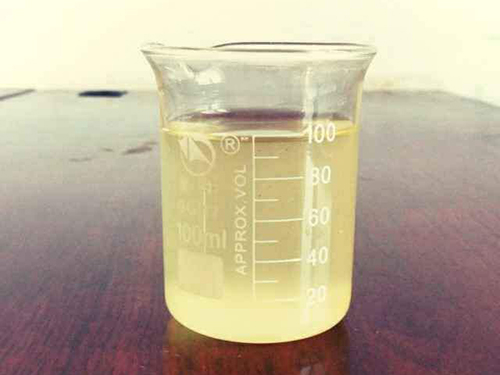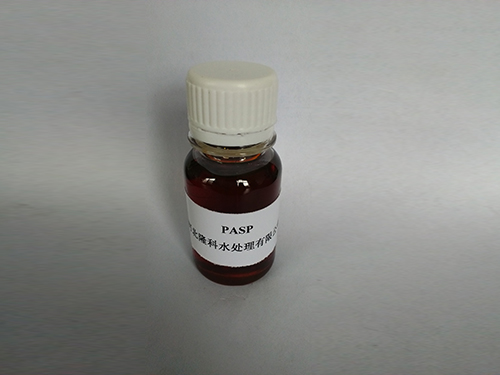2 月 . 11, 2025 08:34
Back to list
anionic polyacrylamide uses
Anionic polyacrylamide (PAM) is a versatile polymer valued for its diverse applications across various industries, including water treatment, paper production, and mining. Its anionic charge allows it to interact efficiently with positively charged particles, making it an essential tool in numerous processes. This article delves into its uses, offering insights based on both experiential knowledge and authoritative industry standards, ensuring a comprehensive understanding of its benefits and applications.
Agriculture also sees significant contributions from anionic polyacrylamide, particularly in soil management and erosion control. Applied to soil surfaces, PAM reduces erosion by improving soil structure and increasing water infiltration, essential for sustainable farming practices. Studies indicate that fields treated with PAM exhibit reduced runoff, lower nutrient loss, and improved crop yields. Such empirical evidence underscores PAM's potential in modern farming, where balancing productivity with ecological stewardship is paramount. Furthermore, anionic polyacrylamide is employed in oil recovery operations. In enhanced oil recovery (EOR), PAM acts as a mobility control agent, improving the sweep efficiency of water flooding. This application is particularly beneficial in mature oil fields, where traditional recovery methods are no longer efficient. Through expertise gathered from field operations, it's been shown that PAM can significantly enhance oil production rates whilst reducing water usage, thus affording both economic and environmental advantages. Anionic polyacrylamide's applications extend to the textile industry, where it aids in the treatment of dye wastewater and in fabric finishing processes. Its flocculating capabilities ensure that colorants and other contaminants are effectively removed from wastewater, reducing the environmental impact of textile operations. In fabric finishing, PAM can modify the hand-feel and performance properties of textiles, demonstrating its versatility and indispensable role. In summary, the multifaceted applications of anionic polyacrylamide underscore its importance across several domains. The polymer's adaptability and efficiency not only enhance operational effectiveness but also contribute to sustainable practices within industries known for their substantial environmental impacts. With continued research and development, coupled with expert insights into application techniques, the full potential of anionic polyacrylamide can be harnessed to meet the demands of modern industrial processes while safeguarding environmental health.


Agriculture also sees significant contributions from anionic polyacrylamide, particularly in soil management and erosion control. Applied to soil surfaces, PAM reduces erosion by improving soil structure and increasing water infiltration, essential for sustainable farming practices. Studies indicate that fields treated with PAM exhibit reduced runoff, lower nutrient loss, and improved crop yields. Such empirical evidence underscores PAM's potential in modern farming, where balancing productivity with ecological stewardship is paramount. Furthermore, anionic polyacrylamide is employed in oil recovery operations. In enhanced oil recovery (EOR), PAM acts as a mobility control agent, improving the sweep efficiency of water flooding. This application is particularly beneficial in mature oil fields, where traditional recovery methods are no longer efficient. Through expertise gathered from field operations, it's been shown that PAM can significantly enhance oil production rates whilst reducing water usage, thus affording both economic and environmental advantages. Anionic polyacrylamide's applications extend to the textile industry, where it aids in the treatment of dye wastewater and in fabric finishing processes. Its flocculating capabilities ensure that colorants and other contaminants are effectively removed from wastewater, reducing the environmental impact of textile operations. In fabric finishing, PAM can modify the hand-feel and performance properties of textiles, demonstrating its versatility and indispensable role. In summary, the multifaceted applications of anionic polyacrylamide underscore its importance across several domains. The polymer's adaptability and efficiency not only enhance operational effectiveness but also contribute to sustainable practices within industries known for their substantial environmental impacts. With continued research and development, coupled with expert insights into application techniques, the full potential of anionic polyacrylamide can be harnessed to meet the demands of modern industrial processes while safeguarding environmental health.
Share
Latest news
-
The Ultimate Guide to Flocculants: Transforming Water TreatmentNewsNov.01,2024
-
Improve Your Water Treatment Solutions with PolyacrylamideNewsNov.01,2024
-
Enhance Your Water TreatmentNewsNov.01,2024
-
Empower You to Achieve the Highest Standards of Water QualityNewsNov.01,2024
-
Effective Scale InhibitorsNewsNov.01,2024
-
Discover the Power of Poly Aluminum Chloride in Water TreatmentNewsNov.01,2024





